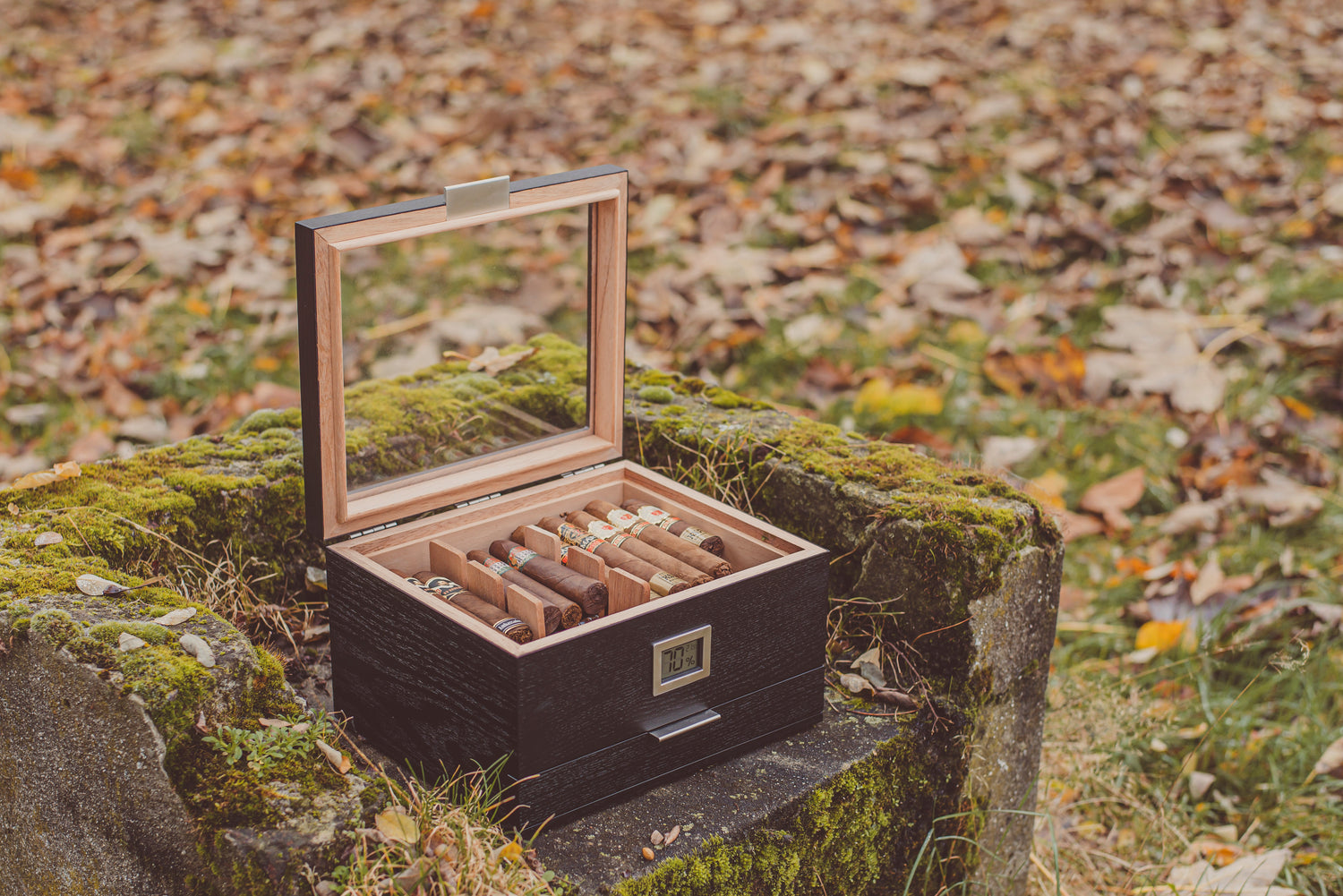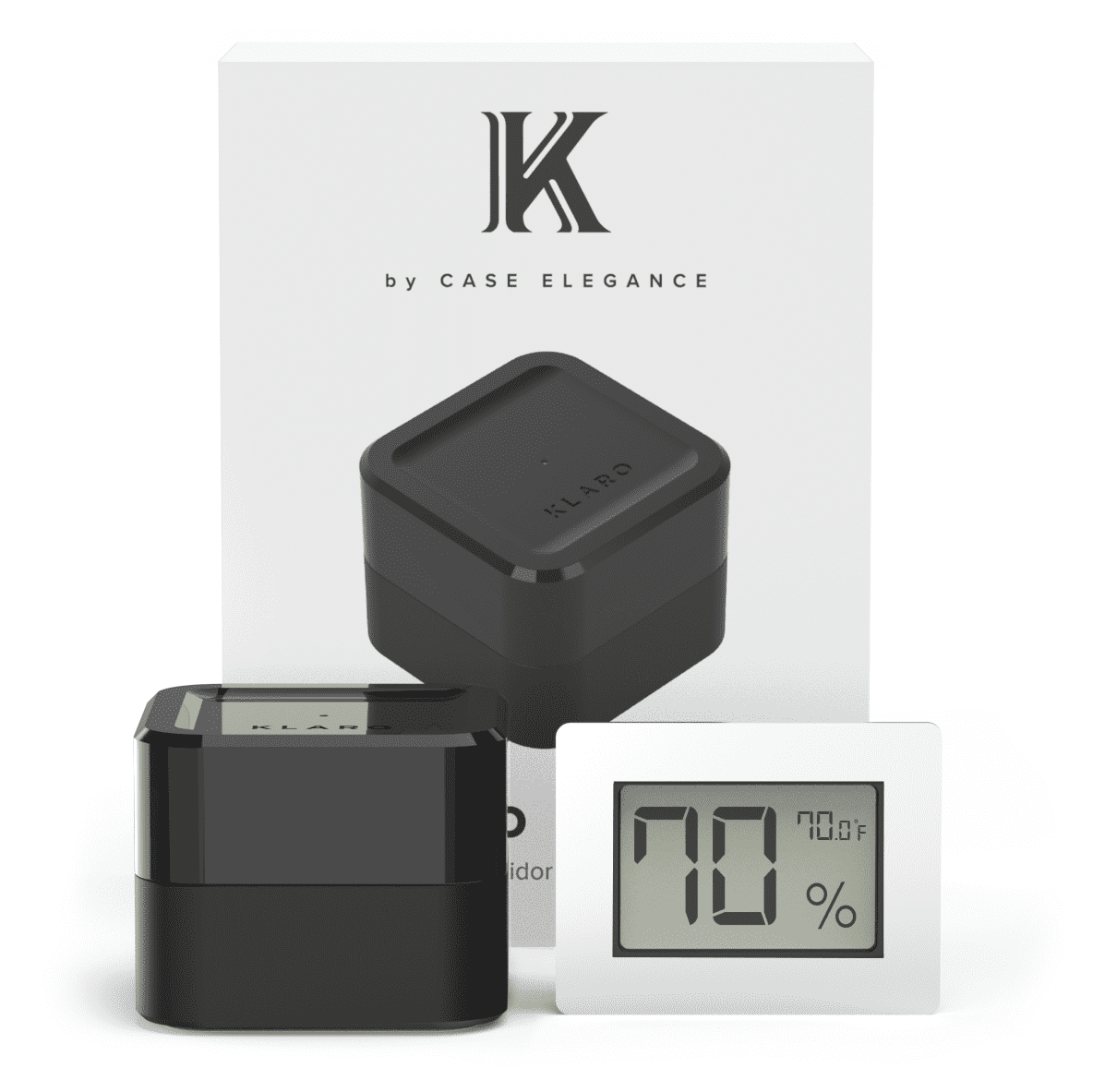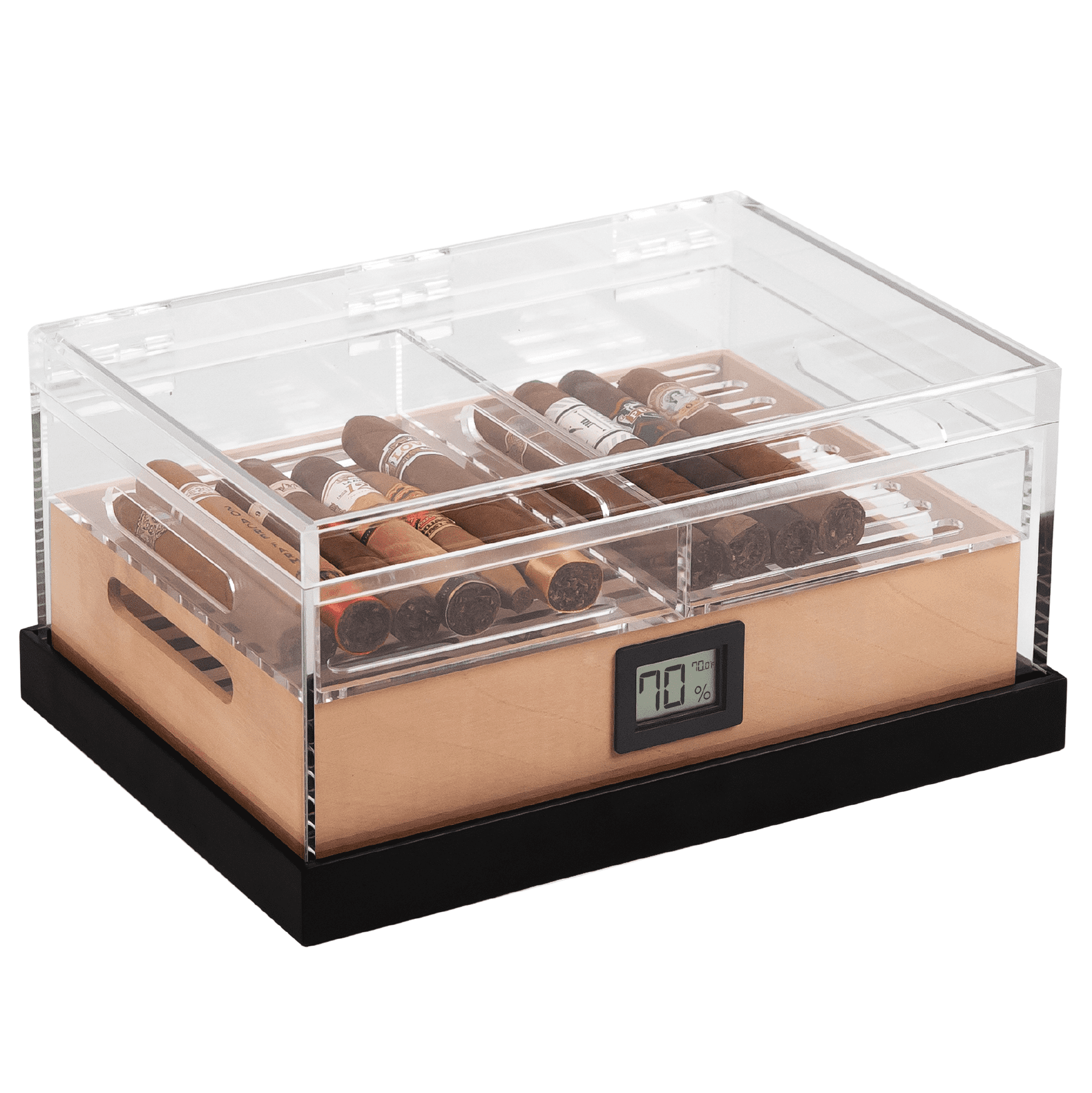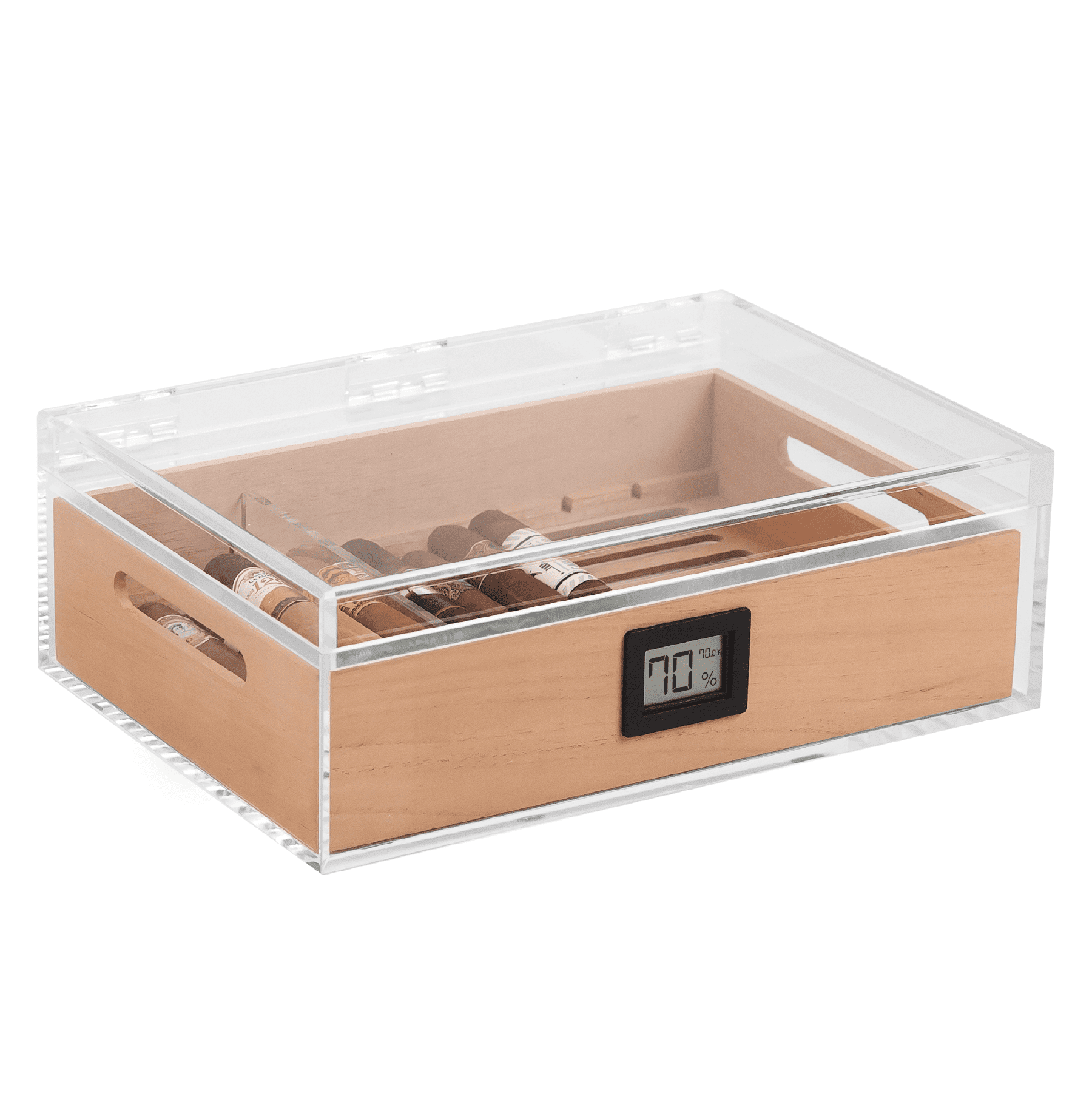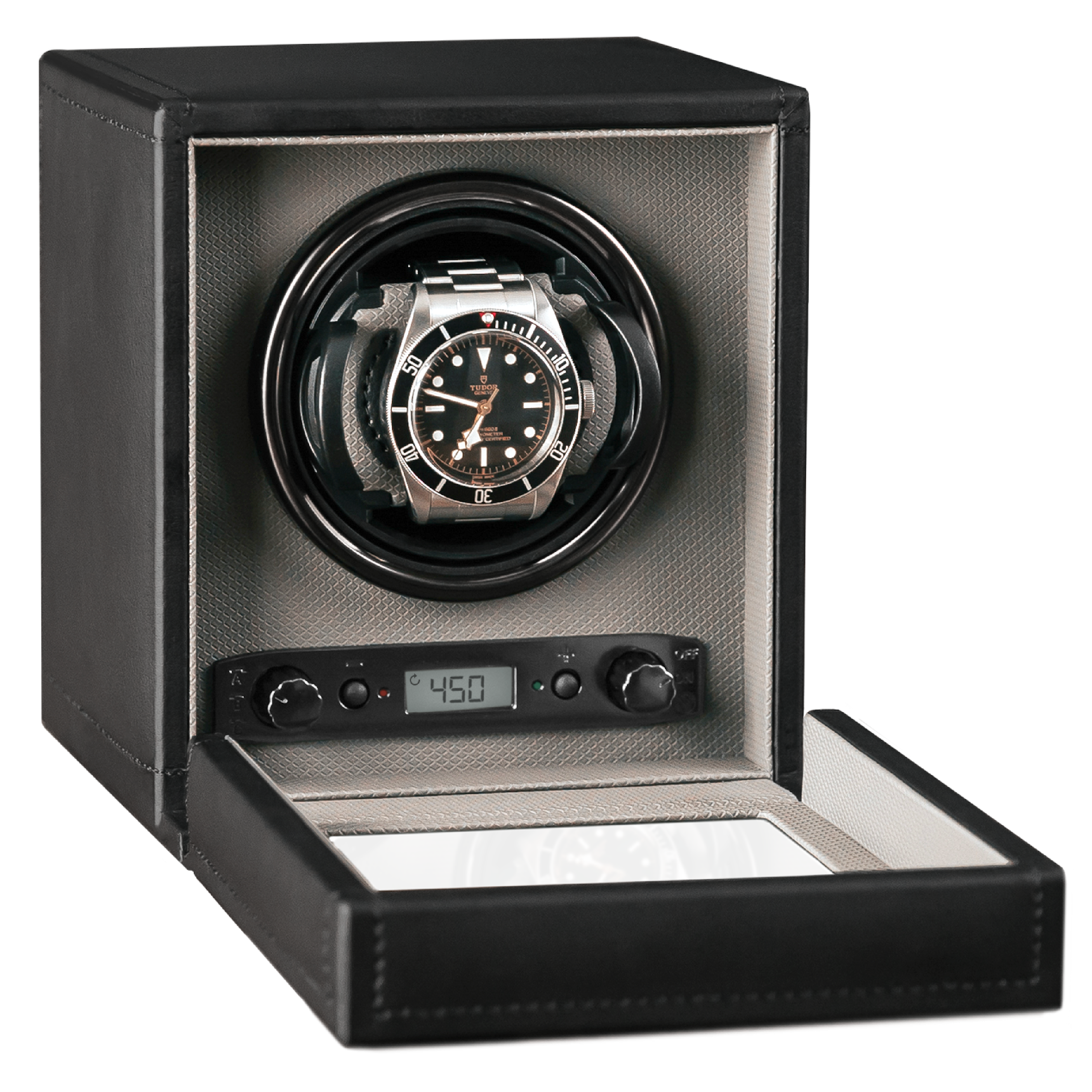You’ve properly seasoned your humidors, loaded them with your precious cargo, and you’ve even saved room for special occasion smokes. Now that you’ve finally finished that seemingly interminable project at work, and you’re finally home to celebrate by kicking back with that 18-year-old Islay single malt and that Padron Serie 1926 No. 1 Maduro you stashed in that special spot in your humidor last week for such a time as this.
You park yourself in that comfy deck chair and light up with anticipation, oh so carefully not to touch the foot with the flame of your torch lighter. The wrapper splits like the San Andreas fault and you do your best imitation of crying Michael Jordan. You keep on smoking it because that’s what you do when you dropped $25 on a single (and quite excellent) stick. It only gets worse as it heats up, and add insult to injury, the burn is painfully uneven. Sure, the cigar flavor was sublime, but the split and the bad burn ruined the experience. What did you do wrong? Your digital hygrometer read 65, and you checked it every week.
Perhaps you’ve never heard of the process of dry boxing your new cigars. While it might be new to you, it’s a tried and tested technique that virtually ensures an evenly burning cigar that also retains its construction throughout the smoke. Moreover, dry boxing has been known to improve a cigar’s flavor as compared to cigars that might emit a bitter flavor due to over humidification. This all sounds well and good, of course, but what exactly is dry boxing, anyway?
What is Dry Boxing?
Most cigar smokers think that dryness is the death of cigars, and that is generally correct. Too many noobs let their cigars sit unmonitored in their (sometimes unseasoned) humidors and then smoke them when they’re drier than a desiccated rodent carcass after a winter in the attic. On the flipside, most cigar smokers have tacitly accepted that cigars must be on the moist side because, again, dryness is the enemy and humidor humidity has become too much of a god in cigar smoking circles.
Dry boxing is a process by which you remove the cigars from humidification (whether that’s from a humidor, a humidified box, or a bag with a humidifier pack in it) prior to smoking them. Keep in mind that it does not mean you intentionally seek to dry them out but rather relieve them of humidification that might contribute to splitting when heat is applied, uneven burning due to wetness, and bitterness brought on by over-humidified tobacco.
Dry boxing really allows your cigars to breathe, whether coming straight out of your humidor after being placed inside or taking them out of their box or bag when receiving them from a retail or online tobacconist. Most tobacconists don’t want to risk shipping cigars that may dry out during transportation, so their tendency is to provide well-humidified boxes and/or providing humidifier packs inside the shipment.
Numerous practioners of dry boxing new cigars attest that cigars, especially ones that have undergone transport through a purchase, need time to rest and “settle down” from the closed-compartment humidification atmosphere. Proper dry boxing results in cigars that actually have a relative humidity of about 60 percent versus the recommended 65 to 72 percent. Cigar smokers who have adhered to the recommended level of humdification have no doubt experienced some inconsistencies in the smoking experience.
Do You Need Special Equipment to Dry Box?
The quick answer is no, and that’s good news on a couple of levels. First of all, dry boxing doesn’t require a spend beyond what you’ve already invested in your humidor and its accompanying system (humidifier, hygrometer, humidification solution). Dry boxing actually doesn’t require boxes, even though you can use them in the actual process. The whole point of dry boxing is to air out your cigars without drying them out, so that means not trapping the cigars in a box where the humidity can still be parked.
Dry boxing practitioners can use wooden or cardboard cigar boxes, Ziploc bags, Tupperware, or just a safe place where the cigars won’t be touched or disturbed… and definitely out of direct sunlight. If you’re using a box of some type, it’s not required for the box to be completely dry. In order to maximize airflow around the circumference of the cigars which you’ve chosen to dry box, you can simply place them on a tray in a single layer. This will prevent them from rolling off a counter or table. Don’t make it more complex than it needs to be and stick with simple solutions that you can consistently and easily employ. But if it’s a fancy antique wooden box you want for your dry boxing ritual, by all means, go nuts.
Tips on How to Dry Box
Before you start to dry box, it’s important to get a reading of the humidity in your house or wherever you plan on dry boxing. That means using a hygrometer or the humidity reading on the thermostat in the room you plan to dry box in. If it reads between 40 and 50 percent, that should easily be lower than the relative humidity in your humidor. If it reads lower than 40 percent, it might shock your cigars and actually cause them to split. You have to gauge the climate in which you live and adjust your dry boxing technique accordingly.
If it’s too dry, consider using a box with a lid and add a hygrometer and a desiccant pack (you can buy them easily on Amazon) in order to control the dryness level properly. If you use a closed box that has the RH set to between 40 and 50, you can control the environment more easily and establish consistency. This works better for those in environmental conditions where humidity is difficult to regulate.
Once you’ve determined the location and technique you’re going to use for dry boxing, decide how many cigars you want to dry box. We recommend dry boxing at 40 to 50 RH with only the number of cigars you plan on smoking over the course of a day. This requires some planning, so fickle-minded cigar smokers should choose carefully. If your system is above 50 percent RH and lower than 65, you can dry box them for longer, up to about a week, but you will have to wait longer to smoke them. Again, plan accordingly.
Make sure you remove your cigars from their container or humidor and pull them gently out of their cellophane sleeves (if they’re still in them, that is). Lay them gently in a single row on flat surface or evenly in rows inside a box. Set a timer based on humidity level. You should keep the timeframe for dry boxing between 24 and 48 hours using lower humidity levels for less time, and vice versa. You will likely need to experiment over the course of several dry boxing processes in order to know what works best for you and for the types of cigars you’re dry boxing (since different types of cigars and tobacco respond differently to humidification).
If you’re in a pinch and you want to light up right away, consider performing an abbreviated dry boxing by allowing your cigars to breathe for a couple of hours before smoking. Although the wait might be excruciating, it should help with burn, flavor, and maintaining structure. Even this short period of time will help your cigars settle down.

